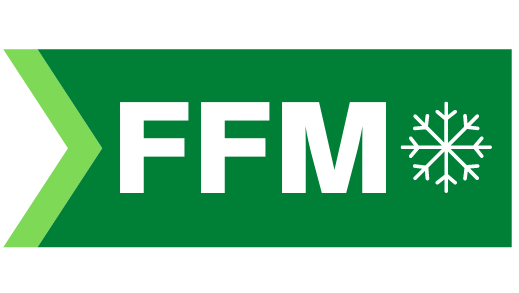Overcoming Challenges in Co-Packing: Solutions and Strategies
Co-packing is a growing industry. In fact, according to a report by Grand View Research, the global co-packing market is expected to reach a value of USD 238.56 billion by 2025. However, while co-packing can be a profitable business, it does not come without its challenges.

In this post, we will discuss the most common challenges faced by co-packers and what solutions and strategies can be employed to overcome them.
1) Capacity Constraints
One of the biggest challenges in co-packing is capacity constraints. Co-packers are limited by the amount of production space they have, which can hinder their ability to take on new customers or fulfill large orders. The solution to this challenge is to invest in additional equipment or facilities. This can be costly, but it is necessary if a co-packer wants to expand its capacity.
Another solution is to partner with other co-packers. By forming strategic partnerships, co-packers can pool their resources and expand their capacity without investing in additional facilities. This can also help to ensure that production flows seamlessly between facilities, which is critical to meeting customer demand.
2) Variation in Product Formulations
Co-packers are often required to produce products with varying formulations, which can make it difficult to maintain quality control. This is particularly true in the frozen food industry, where precise temperature and cooking times are critical to maintaining the quality and safety of the product. One solution to this challenge is to invest in technology that can monitor and control the production process, such as automated mixing and cooking equipment. Another solution is to establish strict standard operating procedures (SOPs) that all employees must follow. This can help to ensure consistency across all products.
3) Regulatory Compliance
Co-packers operate in a highly regulated industry, and failure to comply with regulations can result in fines, legal action, and damage to the company's reputation. One solution to this challenge is to establish a robust quality assurance program that is designed to meet regulatory requirements. This program should include regular audits and inspections, as well as a system for addressing any non-compliance issues that arise. It is also important to stay up-to-date on changes to regulations and to maintain open lines of communication with regulatory agencies.
4) Competitive Pricing
Price competition is fierce in the co-packing industry, and it can be difficult to maintain profitability while still offering competitive pricing. One solution to this challenge is to focus on efficiency and lean manufacturing. By optimizing processes and reducing waste, co-packers can reduce their production costs and offer competitive pricing without sacrificing quality. Another solution is to offer value-added services, such as product design or distribution, that differentiate the co-packer from its competitors.
5) Customer Service
Co-packers must be able to provide excellent customer service if they want to retain customers and win new business. One solution to this challenge is to establish clear lines of communication with customers and to be responsive to their needs. This can include providing regular updates on production progress, responding promptly to inquiries, and addressing any concerns or complaints in a timely and professional manner. It is also important to establish a customer-centric culture within the organization, where everyone is focused on meeting customer needs and exceeding their expectations.
In conclusion, co-packing is a challenging but rewarding industry. By investing in additional capacity, technology, and quality assurance programs, co-packers can overcome many of the challenges they face. Staying up-to-date with regulatory requirements and implementing lean manufacturing practices can help co-packers maintain profitability while still offering competitive pricing. Finally, excellent customer service is critical to retaining customers and winning new business. By focusing on these solutions and strategies, co-packers can position themselves for success in this growing industry.











